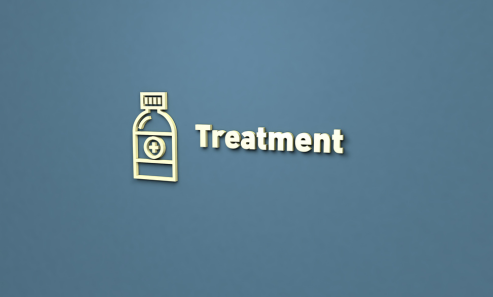




Cerebrospinal fluid (CSF) leak repair is a surgical or non-surgical procedure performed to seal leaks in the membrane (dura mater) surrounding the brain and spinal cord.

Used for mild to moderate leaks.
Less invasive, with shorter recovery time.
Includes:

Required for persistent or large leaks.
Involves repairing the dura mater or reinforcing it with grafts.
Includes:
CSF leaks can cause a range of symptoms, including:
Positional headache: Worsens when sitting or standing and improves when lying down.
Described as severe, sharp, or throbbing.
Blurred or double vision.
Tinnitus (ringing in the ears).
Dizziness or vertigo.
Nausea and vomiting.
Seizures (in rare cases).
Clear, watery fluid draining from the nose or ears.
Salty or metallic taste in the mouth.
Post-nasal drip
Fever and chills (if infection develops).
Neck stiffness (meningitis warning sign).
While CSF leak repair is generally safe, it carries some risks:

CSF leaks can result from:
Head trauma or skull fractures.
Spinal cord injuries.
Post-surgical trauma (after neurosurgery or spinal surgery).
Occurs without an apparent cause.
Linked to connective tissue disorders (e.g., Ehlers-Danlos syndrome).
Following medical procedures:
Structural abnormalities in the skull or spine.
Can cause chronic CSF leaks.
.
While not all CSF leaks can be prevented, you can reduce the risk by:
Avoid strenuous activity after spinal or brain surgery.
Follow all postoperative care instructions.
Staying hydrated reduces CSF pressure changes.
Bed rest following spinal procedures reduces leak risks.
Careful technique during lumbar puncture or epidural injections.
Use of small-gauge needles lowers CSF leak risk.
Managing connective tissue disorders.
Correcting structural abnormalities through proactive treatment.
Conservative treatments may help heal small or spontaneous leaks:
Lying flat reduces CSF pressure.
Allows the leak to seal naturally.
Recommended for 48–72 hours.
Drinking fluids increases CSF production.
Caffeine (via IV or orally) may reduce symptoms.
Over-the-counter pain relievers (acetaminophen, ibuprofen).
Anti-nausea medication for associated symptoms.


Used for spinal CSF leaks.
Blood is injected into the epidural space.
The blood clots and seals the leak.
Success rate: 85–95%.

Fibrin glue is injected near the leak.
Seals the dura mater tear.
Effective for small, localized leaks.

Minimally invasive.
Used for sinus-related or nasal leaks.
Endoscope inserted through the nose.
The leak is sealed using:
Success rate: 90–95%.

Used for large or complex leaks.
Requires an open skull surgery.
The leak is repaired with:
Success rate: 80–90%.

For persistent spinal leaks.
Laminectomy or durotomy performed.
The dura is sutured or patched.
Sometimes combined with a blood patch.

1–5 days, depending on the procedure.
4–6 weeks for complete healing.
Bed rest and limited physical activity.
Avoid straining or heavy lifting.
Monitor for signs of infection or recurrence.

Relieves symptoms of headaches, dizziness, and visual issues.
Prevents infections such as meningitis.
Improves quality of life.
Reduces the risk of neurological complications.
subdural hematoma